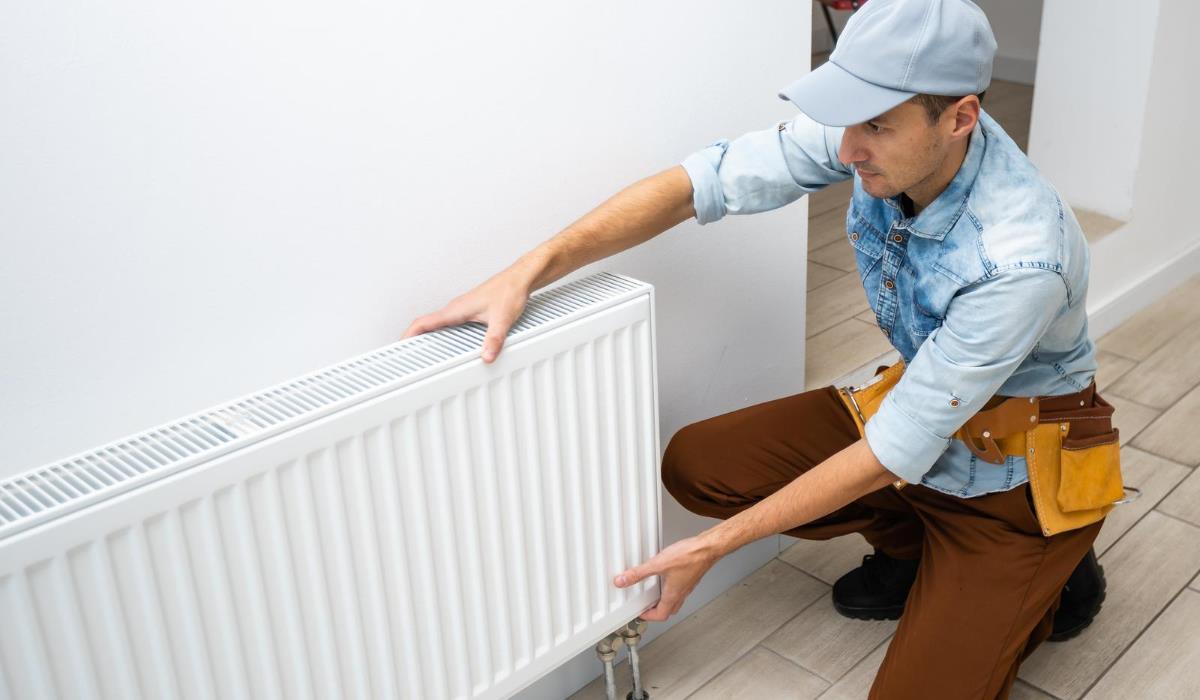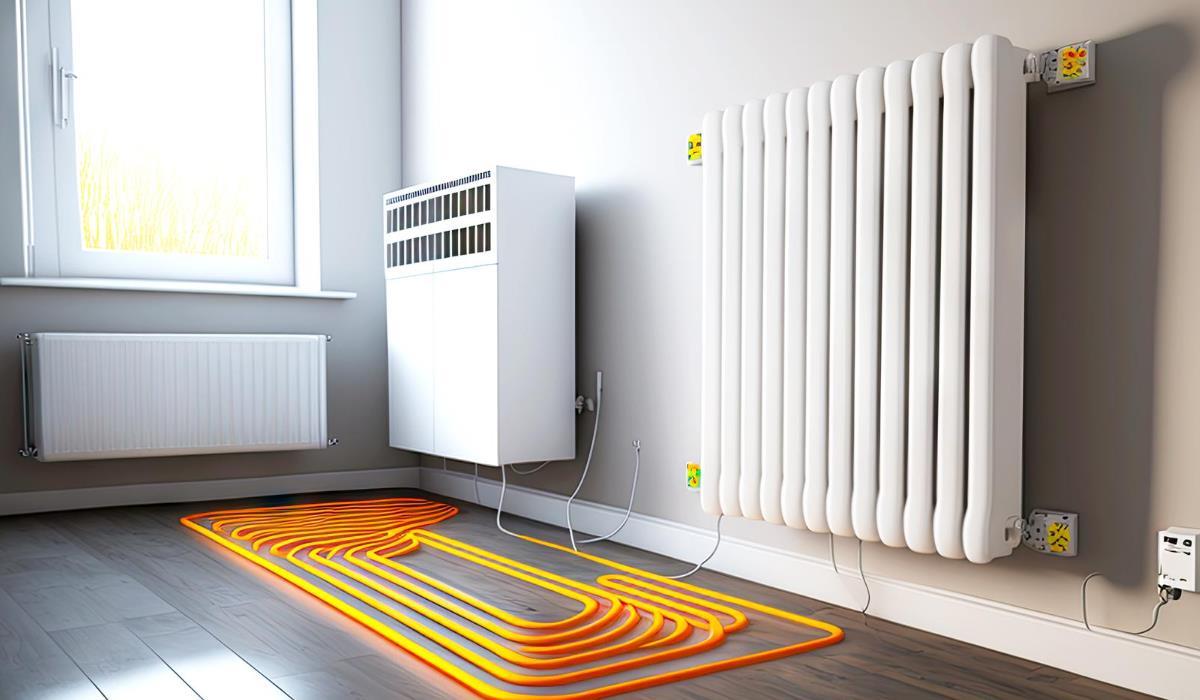Choosing between radiators and underfloor heating is one of the key considerations when designing a home heating system. Both methods have their advantages and disadvantages, but often found opinions on the Internet are based on incomplete information. In this guide, you will learn which heating to choose for your home?
When it comes to solid fuel boilers, it is important to use modern boilers with a feeder and a good controller that allow temperature control on the supply and return. Classic charging boilers may not meet the requirements of cooperation with underfloor heating. In the case of coal-fired boilers, it is recommended that the temperature of the water returning to the boiler is not lower than 65°C. However, achieving this goal can be complicated and involve higher installation costs.
What type of heating will be the best?
Home heating is basically a choice limited to several options. Increasingly, a combination of underfloor heating and radiators is used. Typically, underfloor heating is installed on the ground floor, while radiators are used in bedrooms upstairs or in the attic. In this case, it is recommended that the floor pipes be connected to the radiator return. However, it should be remembered that this solution requires the use of mixers. Advanced systems that allow independent control of floor and radiator circuits can be expensive.
The choice between radiators and underfloor heating also affects the finish of the floor. Radiators are visible in the room and should not be covered by furniture. On the other hand, underfloor heating may be associated with certain restrictions related to the choice of floor finishing materials. While it is often thought that underfloor heating requires the use of ceramic tiles or stone, there are also other materials that are allowed to be used, provided they have the appropriate thermal conductivity parameters. However, the choice of material should be taken into account already at the design stage.
Some people are afraid that underfloor heating will not provide enough heat and the rooms will be underheated. In most cases, radiators are not needed unless near windows or patio doors where insulation is lower. Regarding piping layout, spacing and water temperature, an experienced designer should be consulted to tailor the installation to your individual needs.
Summary

In the case of energy-saving houses, even with low heat demand, there may be some problems related to the difference in the temperature of the water supply and return to the boiler. In such cases, it is important to choose the right heating power and consider alternative solutions. Among them: the placement of pipes only along the outer walls or the use of additional heaters in some places.
The final decision regarding the choice between radiators and underfloor heating depends on individual preferences, technical conditions, costs and aesthetics. It is important to make an informed decision considering all factors.



